TPO -> TPOs of Portugal
TPOs of Portugal
By Tony Goodbody
The first experimental sorting carried out in transit took place on 1 September 1866 between Lisbon and the Spanish frontier town of Badajoz. An octagonal postmark reading E.A. BADAJOZ-LISBOA was used (figure 1). E.A. = ESTAÇAO AMBULANTE = Travelling Office. The experiment was discontinued in 1869.

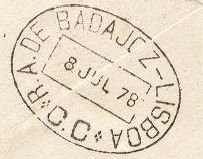 The service was resumed in 1875 when an oval cancellation reading R.A. DE BADAJOZ - LISBOA/ C.C. was used (figure 2)
R.A. = REPARTIÇAO AMBULANTE. = Travelling Office. C.C. = COMBOIO CORREIO = Train Mail.
The service was resumed in 1875 when an oval cancellation reading R.A. DE BADAJOZ - LISBOA/ C.C. was used (figure 2)
R.A. = REPARTIÇAO AMBULANTE. = Travelling Office. C.C. = COMBOIO CORREIO = Train Mail.
In 1880 the Badajoz - Lisbon route was renamed LESTE. At the same time two new routes were introduced: NORTE (Lisbon - Porto) and SUL (Lisbon - Casa Branca - Cazevel).
Further routes were added to provide a network of routes which covered the country and connected with Spanish TPOs at frontier stations. The names of the TPOs were usually the names of the rivers along whose valleys they operated (Douro, Corgo, Sabor, Tua, Vouga) or the provinces which they served (Minho, Beira Alta, Alentejo).
Full travelling post offices have been designated Estação Ambulante, Repartição Ambulante or simply Ambulância. Mail guard or conductor posts, which carried out no sorting, were designated Condução.
There follow illustrations of a few of the various Portuguese TPO and mail guards.
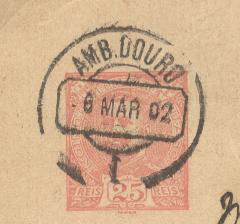
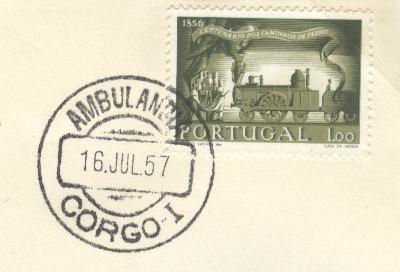
Figure 3 shows the postmark AMB. DOURO I (Porto - Pinhão - Pochino). DOURO II covered the same route in the reverse direction (see figure 5). This is true in general. Figure 4 shows the postmark AMBULÂNCIA CORGO I (Pesa de Regua - Vidago - Chaves).
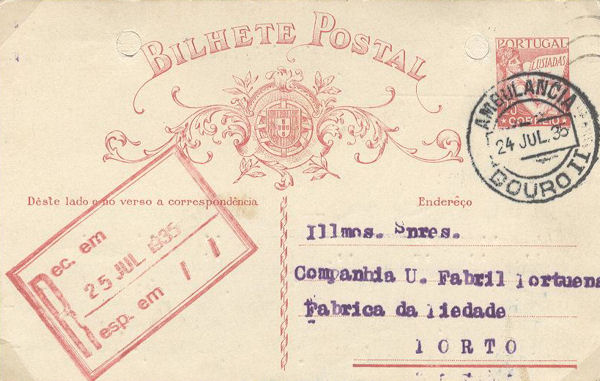
Figure 5: AMBULÂNCIA DOURO II (see figure 3 above)
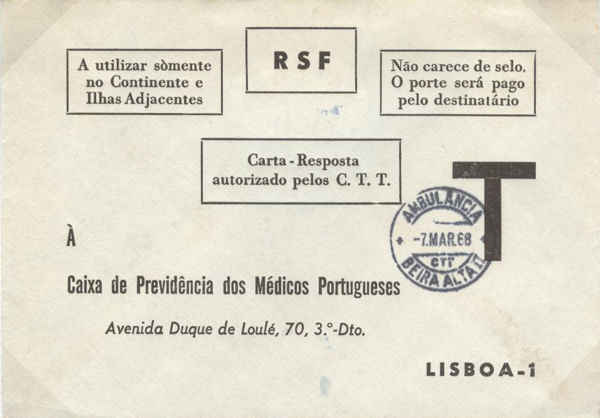
Figure 6: BEIRA ALTA II (Fuentres de Onoro - Pampilhosa)
The postmark shown in figure 7 is unusual in that the terminal points are given. This is the (River) Sabor route.
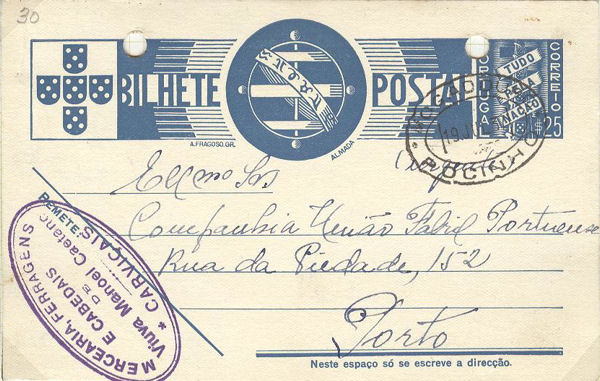
Figure 7: MOGADOURO - POCINHO (Sabor)
Mail Guards
The term for a mail guard is CONDUÇÃO.
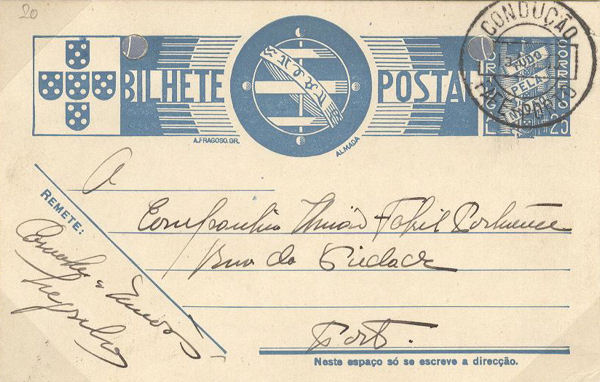
Figure 8: CONDUÇÃO/ FAFE - PORTO.
![Fig. 9: CONDUÇÃO POVOA DE VARZIM - PORTO [Mail Guard mark] Fig. 9: CONDUÇÃO POVOA DE VARZIM - PORTO [Mail Guard mark]](image2/tpportugal09.jpg)
![Fig. 10: CONDUÇÃO LISBOA - VALÊNCIA - ALCÂNTARA [Mail Guard mark] Fig. 10: CONDUÇÃO LISBOA - VALÊNCIA - ALCÂNTARA [Mail Guard mark]](image2/tpportugal10.jpg)
Figure 9:
CONDUÇÃO POVOA DE VARZIM - PORTO.
Figure 10:
CONDUÇÃO LISBOA - VALÊNCIA - ALCÂNTARA.
Late Boxes
Figure 11 shows the postmark AMBULÂNCIAS POSTAIS/ PORTO GARE used on mail posted into the late box on Porto station.
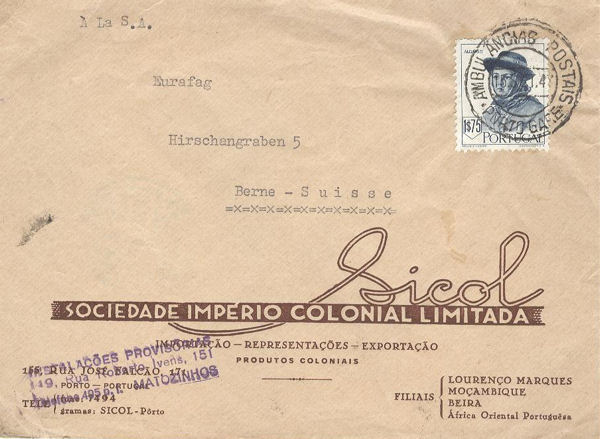
Bibliography:
There are two definitive works on Portuguese TPOs, one in English and the other in Portuguese:
Kidd, C. 'Railway Post Offices of Portugal.' Illustrated, b/w, 21pp
TPO: Vol. 36, No.2, pp28-35; Vol. 36, No.3, pp65-72; Vol. 36, No.4, pp88-92, 1982.
Excellent work from the conception to 1982: Descriptions of the routes and postmarks with maps.
Magalhães, A.G. de 'Marcofilia do Serviço Postal Ambulante de Portugal e Ultramar.' Illustrated, b/w, 80pp.
Núcleo Filatélico do Ateneu Comercial do Porto, 1986
A comprehensive treatment of TPO and mailguard routes with illustrations of the postmarks in Portugal, Mozambique, Angola and Portuguese India.
There is a section at the end dealing with railway stations.

